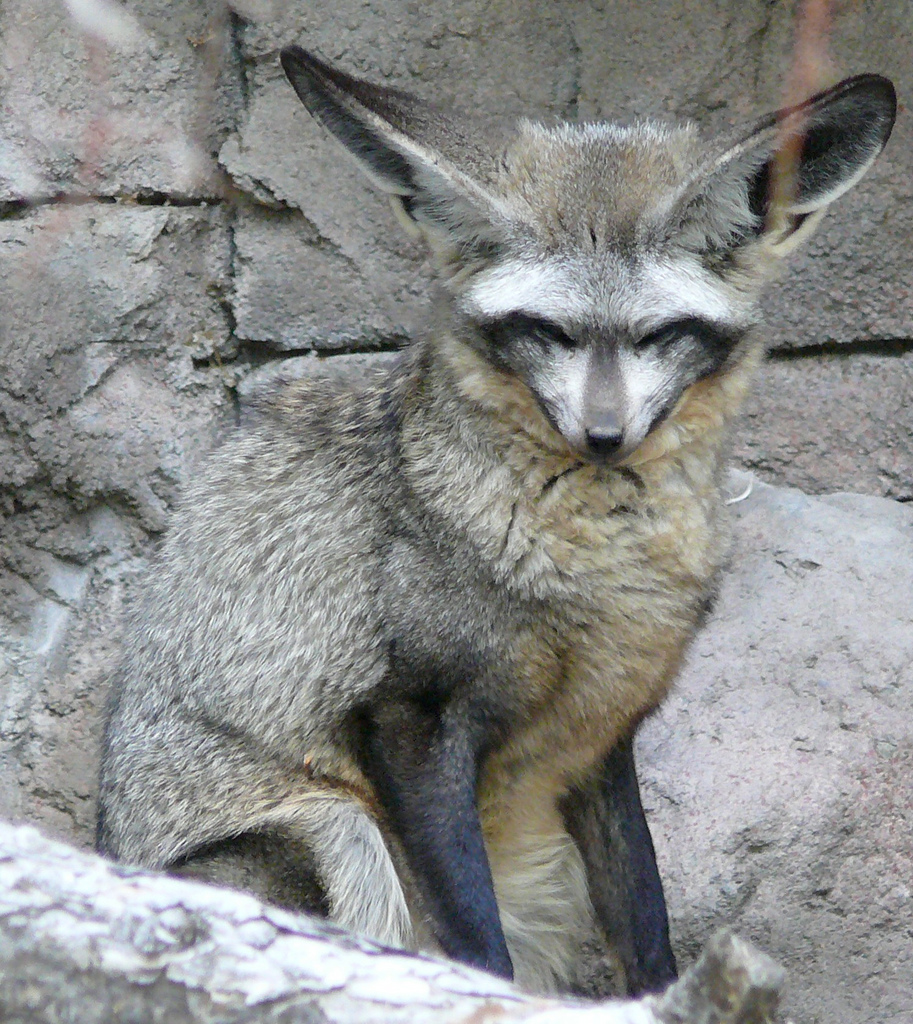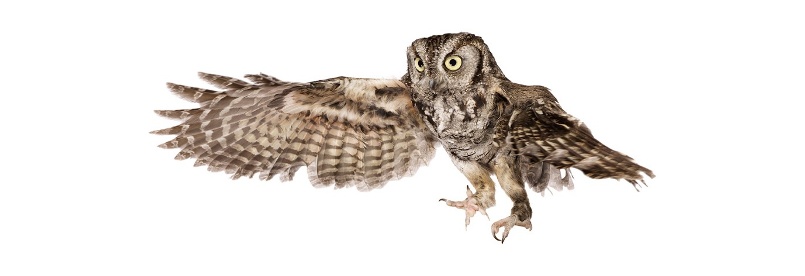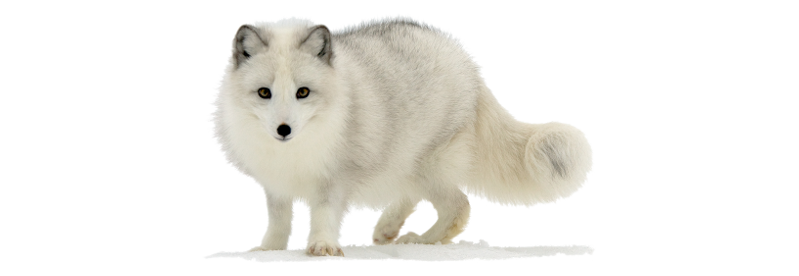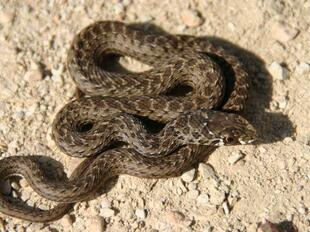
Bet-eared fox(Otocyon megalotis)
Phylum —chordata
Class — mammalia
Order — carnivora
Family — canidae
Genus – otocyon
Appearance
The Bat-eared fox has tawny fur with black ears, legs, and parts of the pointed face.
It averages 55 centimetres (22 in) in length (head and body), with ears 13 centimetres (5.1 in) long.
Habitat
Their habitat is arid grasslands and short-grass savannas. There are 2 subspecies of the Bat-eared fox in Africa. One - in eastern part of Africa, stretching from Tanzania to southern Sudan and Ethiopia. The other subspecies is found in southern part of Africa from Cape Peninsula and Cape Agulhas in South Africa to Angola and Zambia, reaching Mozambique and Zimbabwe.
Behavior
Their habits largely depend on the area of their living. Thus, foxes in the Serengeti region are most active at night while those in South Africa are nocturnal in summer and diurnal in winter.
The Bat-eared foxes are sociable animals, living in pairs or family groups. Family groups of these foxes include mated pair and their young. Pairs of these foxes share the same den, foraging together and protecting each other. They can also rest together and lie in contact, social-groom, playing with one another.
The foxes are able to dig dens for themselves as well as dig prey out of holes. However, in spite of being excellent diggers, they often prefer using burrows dug by other species such as aardvarks.
Diet
Bat-eared foxes are carnivores (insectivores). About 80% of their diet can consist of dung beetles and harvester termites. The body fluids of these insects serve the Bat-eared foxes as a water source. The foxes also feed upon chicks and eggs of birds. In addition, their usual diet includes arthropods, small rodents, lizards and vegetable matter.
Reproduction
The Bat-eared fox is monogamous, usually mating once in a lifetime. However, there are recorded cases of 2 females living with 1 male and a case of communal nursing. Breeding takes place in September-November. The gestation period lasts 60-70 days, after which the female gives birth to 2-5 babies. Both parents participate in rearing the babies. On the 9th day after their birth, the babies open their eyes while on the 17th day the youngsters begin to venture from the den. Sometimes the process of weaning lasts long: it usually starts when the babies are 1 month old and lasts about 2-3 months, during which the youngsters continue suckling from their mother. And finally, at the age of 5-6 months the young are full grown. Sexual maturity is reached at 9 months old.
Lifespan of these animals is 6-13 years.
In captivity
First of all, you need to buy a spacious cage for this animal, where you will lock it at night and in your absence. At night, Bat-eared foxes demonstrate their natural instincts, and they begin to run around the apartment, dig holes wherever they can, gnaw everything that comes across, including wiring, which can lead to undesirable consequences. In the room where the fox lives, there shouldn`t be any drafts, and in winter the room should be well warmed. In the cage, you need to organize a sleeping place for the fox with a warm bed. Despite the fact that these animals can go without water for a long time (due to their natural habitat), a bowl of fresh water should be freely available. It is necessary to tame the fox gradually, since they are quite timid animals. You need to pay maximum attention to them, do not shout. You can try to feed your pet from your hands.
At home, the Bat-eared fox can be fed raw meat, live food (small rodents, lizards, locusts, etc.), fruits and vegetables. You can try to give fish, eggs, dairy products, cereals. Subsequently, the fox cub will definitely develop its own food preferences. It`s necessary to give vitamins, especially vitamin D3.
 Russian
Russian
 English
English
























